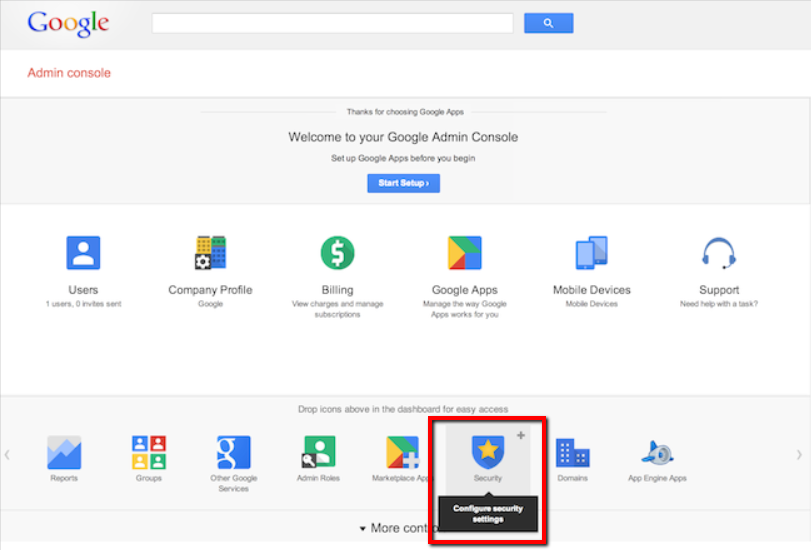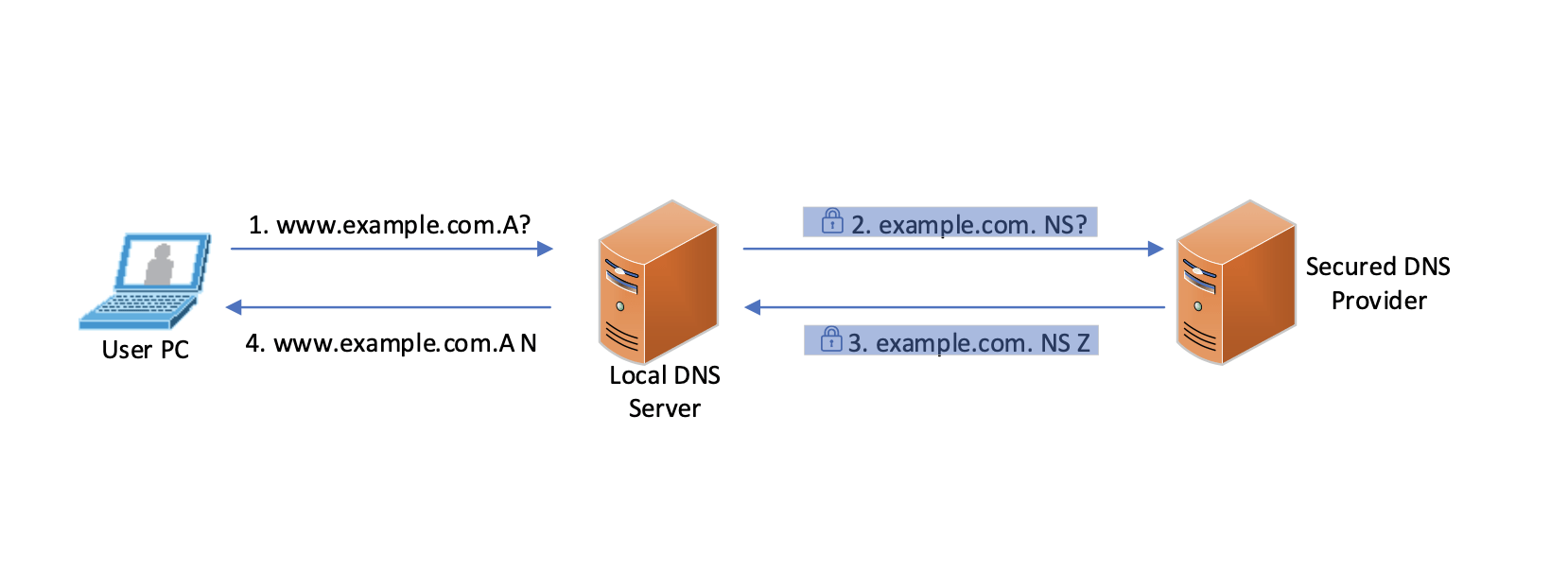
Python is a versatile language that can be used for a variety of different projects, including web applications. A server is required to make the code work. It can be as simple as a computer that runs Python, or it could be a more complex server running on the cloud. You can use a variety of servers to serve your Python code.
Server for python
The Python HTTP server is the best server to use with python. It can be installed without the need of a framework. The server is configured to handle files only or a variety of other requests.
WSGI is available for Python
The Python Web Server Gateway Interface is a way to communicate between Python and web server programs. The Python Web Server Gateway Interface (WSGI) was created in 2003. Many Python frameworks, including Django and Flask, have adopted it today.

WSGI has two sides, the server/gateway side and the application/framework side. The server/gateway takes care of all the requests coming from clients, allowing them to return HTML pages and semi structured data in a form that can be understood by the clients. The application/framework side provides the Python callable that the server can use to communicate with the Python program.
A server gateway interface (or webserver) can be implemented in a variety of ways, but it generally involves a single module that implements both sides of the interface, and provides both Python and non-Python APIs for accessing the other side of the connection. WSGI has been widely accepted, and a number of WSGI Python web servers have now hit the market.
CherryPy for python
CherryPy is a WSGI, HTTP/1.1-compliant web server for Python. It can be configured to run any WSGI Python program and supports SSL. It's an easy to adapt, easy to use pure-Python alternative that is robust and reliable.
Gunicorn for python
Gunicorn, in addition to being a Python Web Server, also comes with a powerful and versatile application server. It can be used to run WSGI Python applications and frameworks, as well as a variety of WSGI languages.

Heroku for Python
Heroku is the recommended PaaS (platform as a service) for Python web application deployment. It allows developers create Python applications and deploy them into a high-performance, scalable cloud environment optimized for Python. Heroku is completely free and has both hobby and business plans.
Crusader for python
Crusader uses a general-purpose server framework that is scalable, extensible and easy to use. It comes with a number of features including an object database, arbitrary object pooling and more. It is a great choice for Python applications requiring a stable and solid foundation.
Giotto for python
Giotto MVC Framework separates the Model, View and Controller elements of a Python Application. It has a focus on privacy and security. This makes it ideal for applications that require sensitive user data or online transactions. It is a popular choice for Python applications in the enterprise, and has been deployed at companies like Hulu and Netflix.
FAQ
Do I hire a web developer or make it myself?
If you want to save cash, don't pay for web designer services. It may not be a wise decision to pay for web design services if you desire high-quality results.
It is possible to create websites without hiring expensive professionals.
If you're willing to put in the time and effort, you can learn how to make a great-looking site yourself using free tools like Dreamweaver and Photoshop.
Another option is to hire a freelance web developer for a project that charges per hour.
What is a "static website"?
A static website is a site where all content are stored on a server, and visitors can access it via web browsers.
The term "static", refers to the absence or modification of images, video, animations, and so forth.
This site was originally intended for corporate intranets. However it has since been adopted and modified by small businesses and individuals who require simple websites without complex programming.
Static sites have become increasingly popular because they require less maintenance. It's easier to update and maintain static sites than a website that has many components (such blogs).
They load much faster than dynamic counterparts. They are great for people who use mobile devices and have slow Internet connections.
A static website is more secure than its dynamic counterparts. There's nothing to hack into a static website. Hackers only have access to the data that resides inside a database.
Two main methods can be used to create a static site:
-
A Content Management System (CMS),
-
Create a static HTML website
The best one for you will depend on your specific needs. I recommend a CMS if you're just starting to create websites.
Why? Because it gives you complete control over your website. A CMS eliminates the need for a professional to set up your site. Upload files to the website server.
It is possible to still learn how code can be used to create static websites. It will take some time to learn to program.
What HTML and CSS are available to help me build my website?
Yes! If you've read this far, you should now know how to create a website.
You now know how to build a website structure. Now you need to learn HTML and CSS coding.
HTML stands as HyperText Markup Language. It is similar to writing a recipe. It would list the ingredients, directions, and how to do it. HTML allows you to indicate to a computer which portions of text are bold, italicized and underlined. It also lets you know which part of the document is linked. It's the language for documents.
CSS stands to represent Cascading Stylesheets. It is like a stylesheet that you use to create recipes. Instead of listing out each ingredient and instruction, you write down general rules for things like font sizes, colors, spacing, and more.
HTML tells the browser how a page should look; CSS tells it what to do.
You don't have to be a prodigy if you don’t get the terms. Follow these tutorials to create beautiful websites.
Statistics
- It's estimated that in 2022, over 2.14 billion people will purchase goods and services online. (wix.com)
- Studies show that 77% of satisfied customers will recommend your business or service to a friend after having a positive experience. (wix.com)
- The average website user will read about 20% of the text on any given page, so it's crucial to entice them with an appropriate vibe. (websitebuilderexpert.com)
- It's estimated that chatbots could reduce this by 30%. Gone are the days when chatbots were mere gimmicks – now, they're becoming ever more essential to customer-facing services. (websitebuilderexpert.com)
- In fact, according to Color Matters, a signature color can boost brand recognition by 80%. There's a lot of psychology behind people's perception of color, so it's important to understand how it's used with your industry. (websitebuilderexpert.com)
External Links
How To
How can I start as a UI Designer
There are two paths to becoming a UI design:
-
You can earn a degree in UI Design by going to school.
-
You can go freelance.
To go to school, you will need to enroll in college or university for four years. This includes art, computer science, business, marketing, psychology, etc.
You can also enroll in classes at state universities or community colleges. Some schools offer no tuition, while some charge tuition.
After graduating, you'll need to find employment. If you decide to work for yourself, it is important that you build your client base. It is vital to build a network of professionals so they are aware that you exist.
Internships are also available at web application development companies. Many companies employ interns to gain practical experience before hiring full time employees.
Your portfolio will help to get you more work. Your portfolio should include work samples as well as details of the projects that you have worked on.
It's a smart idea for you to send your portfolio by email to potential employers.
Being a freelancer means you need to market yourself. Advertise your services on job boards such as Indeed, Guru, Guru, and Upwork.
Freelancers frequently receive assignments from recruiters who post jobs online. These recruiters look for qualified candidates to fill specific positions.
These recruiters provide candidates with a project description that details the position's requirements.
Freelancers are not required by law to sign any long-term agreements. If you are looking to make a move, however, it is advisable to negotiate an upfront payment.
Many designers prefer working directly for clients and not through agencies. While this may seem ideal, many people lack the necessary skills.
Agency workers typically have extensive knowledge of the industry they're working in. They have access the right training and resources to ensure they produce high-quality results.
Agency workers also receive higher hourly rates.
The downside to working with an agency is that you won't have direct contact with the employer.
As a UI designer you need to be motivated, creative, flexible, detail-oriented and communicative.
Also, you must have excellent communication skills both verbally and in writing.
UI designers design websites by designing user interfaces (UI), and visual elements.
They are also responsible to ensure the site meets user needs.
This involves understanding the information users need and how to make your site work.
To create wireframes, UI designers can use a variety of tools. Before they begin designing, wireframing allows them to visualize the page's layout.
There are many wireframe templates available online. Anyone can create their own wireframes.
Some designers focus solely on UI design, while others combine UI design with graphic design.
Photoshop is used to edit images by graphic designers.
Adobe InDesign is used to create layouts and pages.
Photographers capture images using digital cameras or DSLRs.
The photos are then uploaded to a photo editing software where text captions, filters and other effects can be added.
Afterward, the photographer saves the image in a file format compatible with the website.
It is important that you consider all aspects of web design when creating a website.
This includes research, planning, wireframing, prototyping, testing, coding, content creation, and publishing.
Research – Before starting any new project, it is important to conduct extensive research.
Planning – Once you've done your research, you will want to start developing a plan.
Wireframing - A wireframe is a preliminary sketch of a web page or application.
Prototyping: Prototypes can help to ensure that the final product meets the initial vision.
Testing - The prototype should undergo multiple rounds of testing to ensure it works properly.
Coding – Coding is the art of writing computer codes.
Content Creation – Content creation includes everything, from the writing of copy to managing social networks accounts.
Publishing involves uploading files on a server to ensure that the site is accessible.
You will need to have a broad knowledge of different projects in order as a freelance UX/UI developer.
Some companies, for example, only need wire frames. Others require complete prototypes.
You might be required to do certain tasks, depending on what type of project it is.
For instance, if your job is to create wireframes you might have to make several over the course of time.
If you're being hired to create a full prototype, you might be asked to create a fully functional site.
No matter what type of project you are working on, it is important to have good interpersonal skills.
You need to build strong relationships with potential employers as freelancers are hired primarily through referrals.
You must also be able communicate clearly both verbally as well as in writing.
Portfolios are an essential part of any freelancer’s toolbox.
It showcases your work, and demonstrates your ability deliver high-quality outcomes.
Online portfolios can help you do this.
Finding websites similar to yours is the best way to start.
These sites can be searched to determine which services they offer.
Once you've identified the best practices, it is time to start implementing them.
It's also beneficial to include links within your resume to your portfolio.